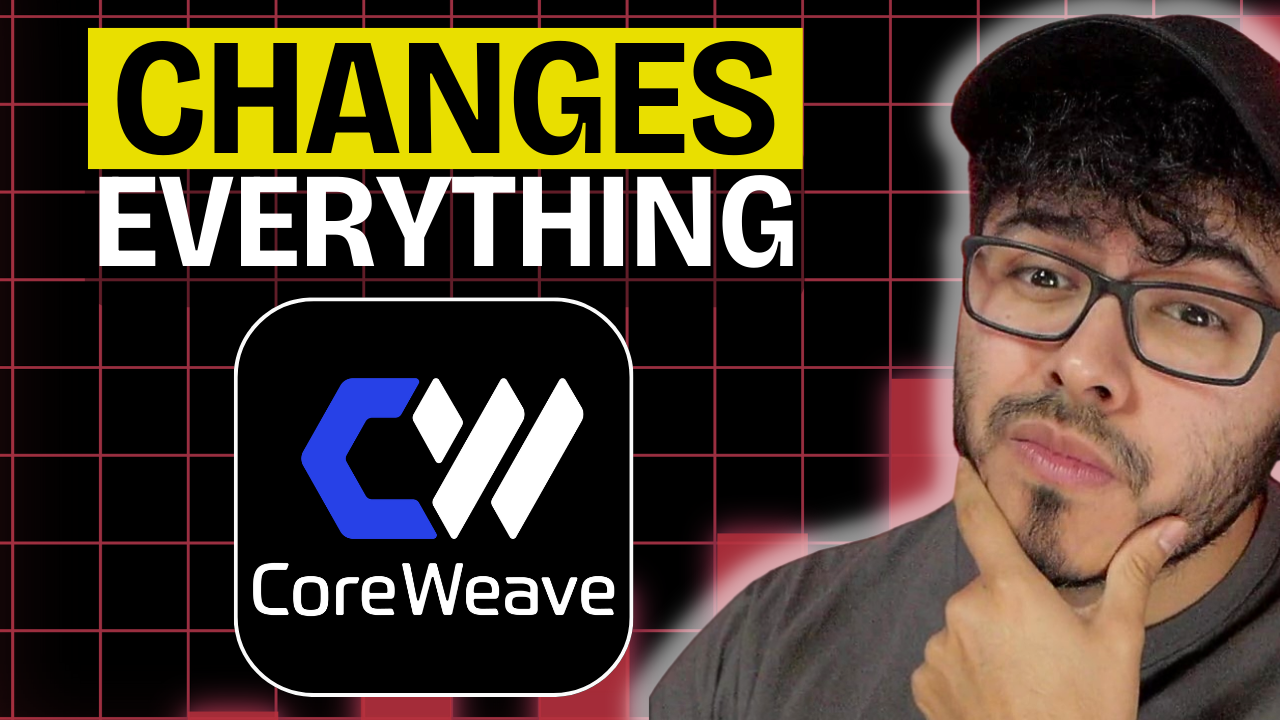Since launching its initial public offering (IPO) on March 28, CoreWeave (CRWV 3.94%) stock has been on a huge run. In just seven months of trading, its stock has risen by over 230%.
The company built its success on a cloud infrastructure designed specifically for artificial intelligence (AI). Unfortunately, massive revenue surges have so far done little to stem losses, and the aforementioned stock gains have significantly increased its valuation. Amid such challenges, will CoreWeave stock move higher over the next year, or should investors stay on the sidelines?

Image source: Getty Images.
The state of CoreWeave
The Stoic philosopher Seneca defined luck as the point when preparation meets opportunity. Indeed, such conditions make CoreWeave a lucky company, as it is an AI-enabled cloud infrastructure provider in an age of massive demand for generative AI.
CoreWeave's slant gives the company an advantage over Amazon Web Services or Microsoft's Azure, which have taken a more general approach to the cloud. In addition to the machine learning and visual effects that often define AI, CoreWeave also designed its product specifically to run the generative AI workloads that represent the current AI boom.
The opportunity is tremendous, as Alphabet pledged to spend $91 billion to $93 billion in capital expenditures (capex) in 2025 alone, while Meta Platforms pledged between $70 billion and $72 billion over the same time frame. Moreover, that doesn't count the tens of billions that other companies will spend on capex in future years, giving CoreWeave a massive addressable market.
Knowing that, the tremendous gains in the stock price are probably understandable to most tech investors.

NASDAQ: CRWV
Key Data Points
Can the boom continue over the next year?
Additionally, the numbers tied to CoreWeave stock indicate the boom could continue.
In the first half of 2025, revenue reached $2.2 billion, a 275% increase from year-ago levels. Although such rates of increase are likely not sustainable, the revenue growth rate speaks to CoreWeave's fast-growing popularity.
Also, keeping up with that growth is costly, so much so that the company reported an operating loss during that period. Consequently, CoreWeave lost $605 million in the first half of the year, well above the $452 million in the same year-ago period. That included a nearly 400% rise in interest expenses, an indication of how much CoreWeave has had to borrow to meet demand.
Indeed, total debt is now over $12 billion, up from just under $8 billion one year ago. Considering its $2.7 billion in book value, CoreWeave has had to strain its balance sheet to capitalize on the opportunity, putting the company at risk.
Nonetheless, the company expects these investments to pay off. It recently raised its 2025 revenue guidance to between $5.15 billion and $5.35 billion. If that prediction holds, it will mean a 173% yearly revenue increase.
Moreover, it sells at a price-to-sales (P/S) ratio of 15, a level that may seem high but is not unusual for a growth tech stock. When also considering the forward P/S ratio of 13 and the forward one-year sales multiple of 6, the rapidly growing revenue is pushing the sales multiple down, strongly indicating the stock will have room to run as the company's rapid growth continues.
CoreWeave stock in one year
Over the course of the following year, it is likely that CoreWeave will keep moving higher.
Admittedly, the company has taken on additional debts and ramped up spending considerably to meet demand. Investors need to be aware that such outlays could put CoreWeave at risk of a massive sell-off if its industry falls well short of growth expectations.
However, CoreWeave's role as an AI-focused cloud provider makes its product attractive to companies like Alphabet and Meta, which have invested heavily in AI.
That has led to massive revenue growth that should reduce losses and eventually turn it profitable over time. Such conditions will likely persuade many investors to overlook the company's elevated P/S ratio, meaning the bull market in CoreWeave stock should continue over the next year.





